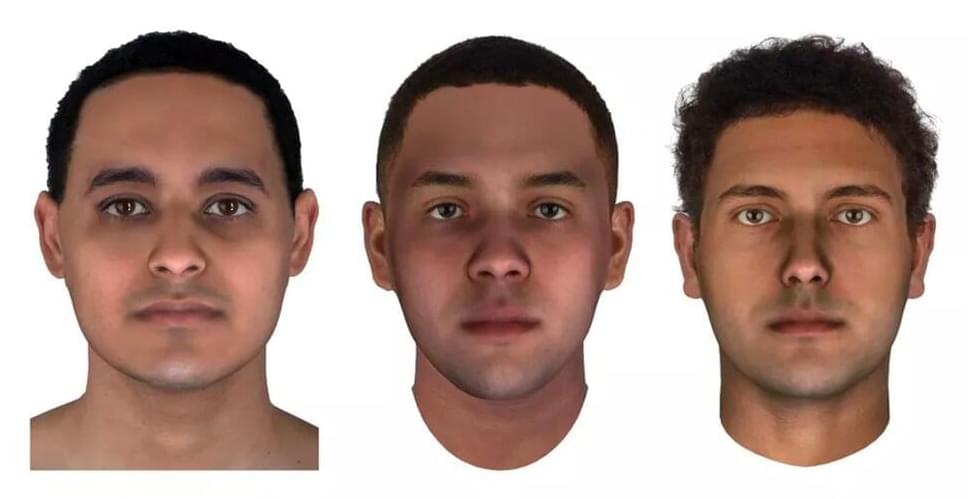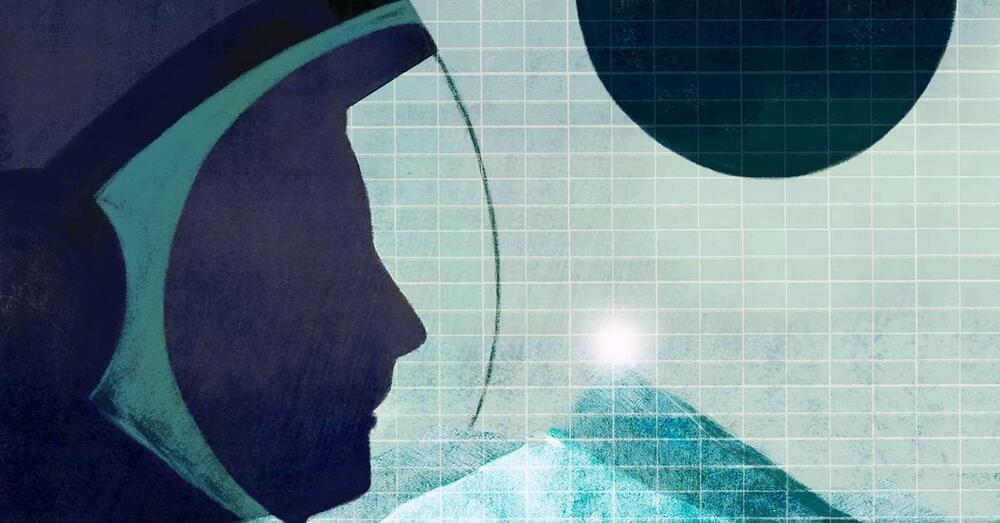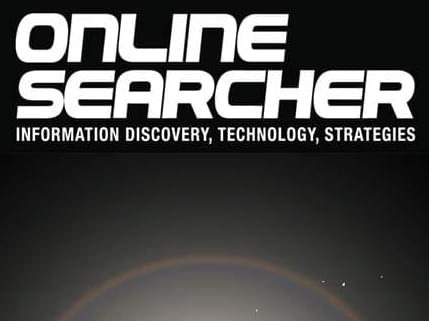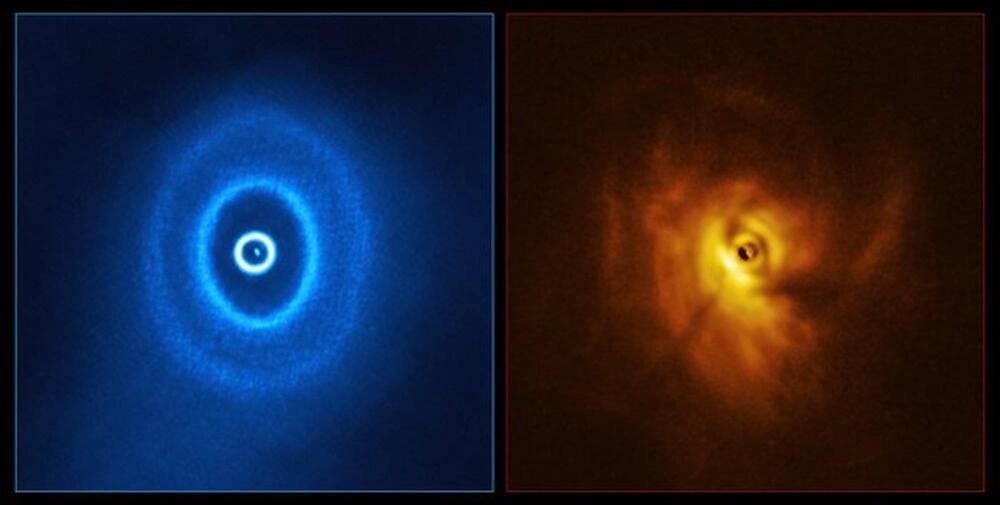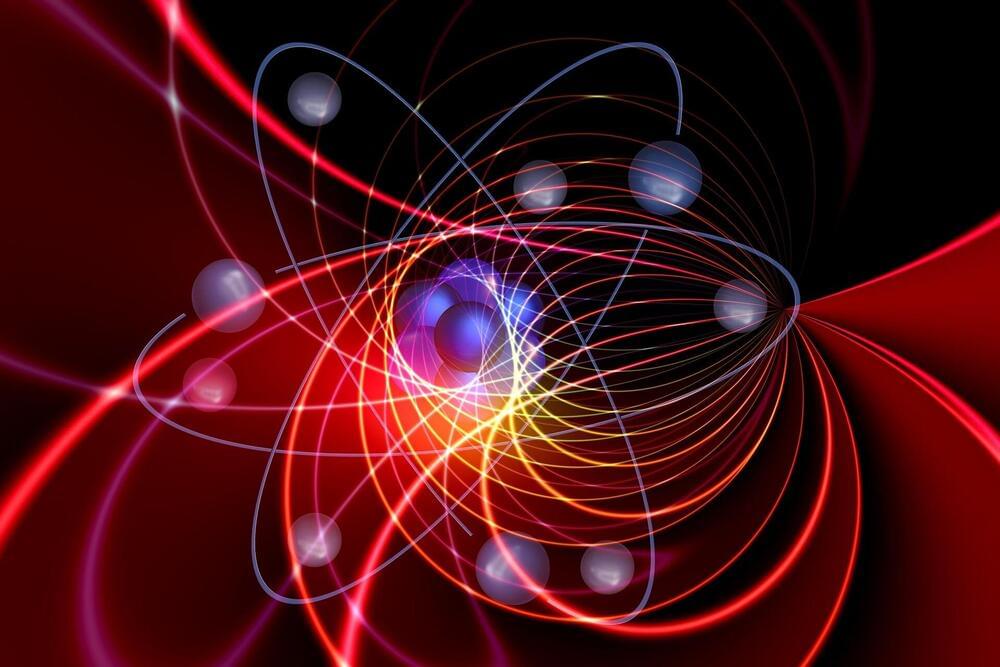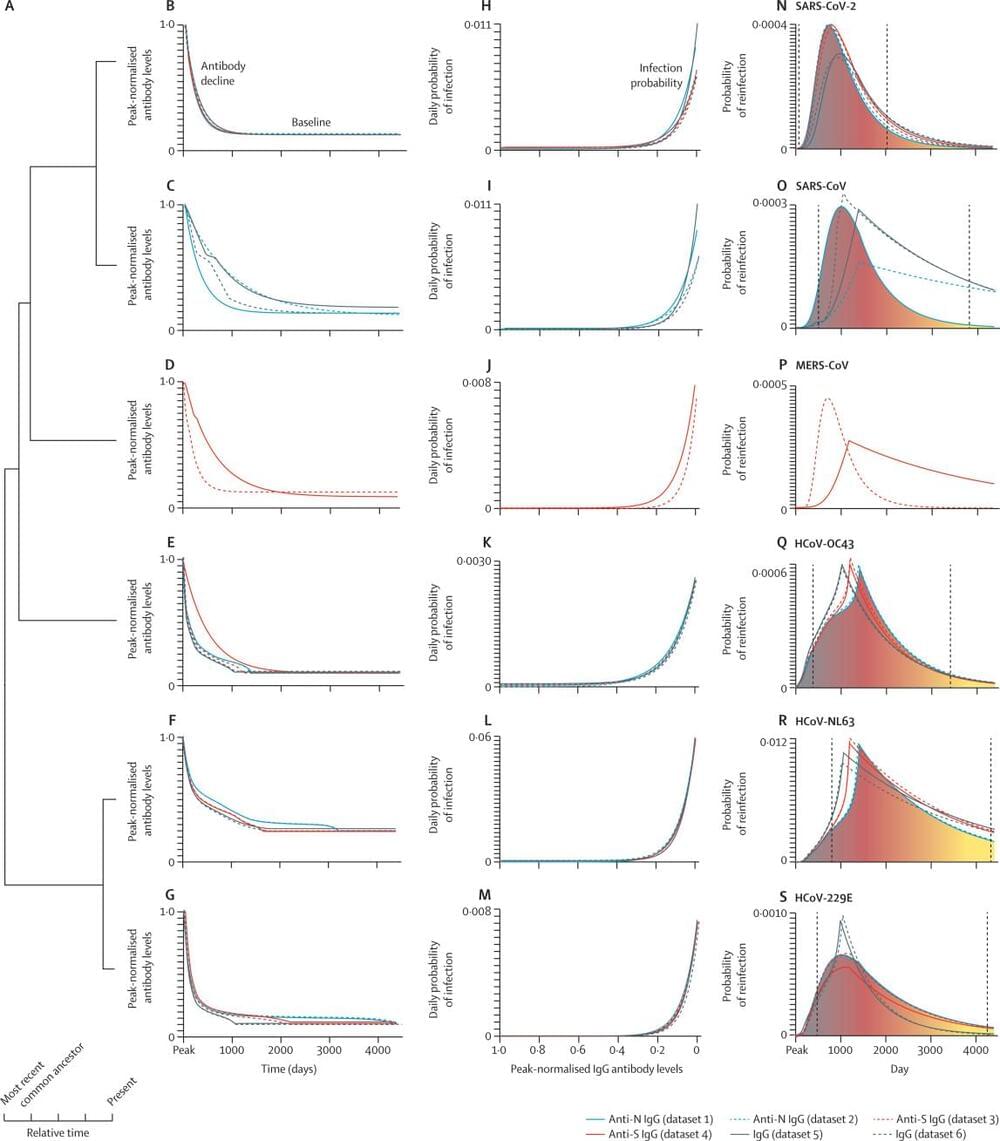CARACAS, Venezuela (AP) — A new currency with six fewer zeros debuted Friday in Venezuela, whose currency has been made nearly worthless by years of the world’s worst inflation.
But the new bills were difficult to find in the capital, where consumers’ fears that prices will continue to spiral upward proved to be right.
“Today, I went to the supermarket and everything was marked in dollars,” Lourdes Pórtelo, an office worker, said in a shopping center in the east side of Caracas. “In the end, I couldn’t buy anything, I didn’t have enough money.”

